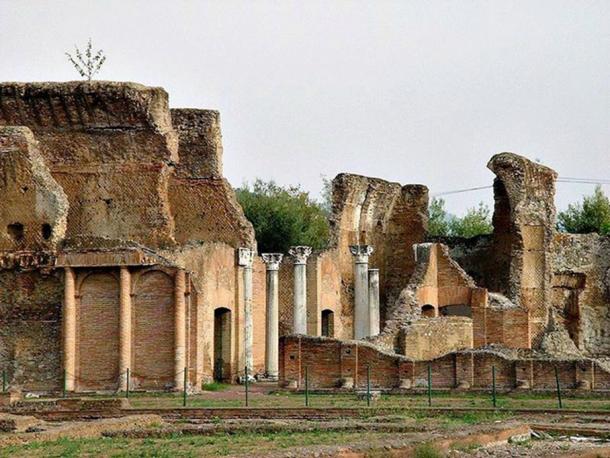

| Online: | |
| Visits: | |
| Stories: |

| Story Views | |
| Now: | |
| Last Hour: | |
| Last 24 Hours: | |
| Total: | |
Spanish Archaeologists Continue Works to Recover the Elaborate Villa of the Emperor Hadrian

In the second century AD, the Roman Emperor Hadrian ordered the construction of a villa for his personal enjoyment as he was not content in his official palace on Palatine Hill. Located on the outskirts of Tivoli, Rome, Hadrian’s villa was actually a small town – complete with palaces, fountains, baths, and a number of buildings that imitated the different architectural styles of the Egyptians and Greeks. Now, a team of Spanish archaeologists has been excavating the site to determine the distribution of the various elements that made up Hadrian’s villa (Villa Adriana in Italian).
According to information published by the Spanish newspaper La Vanguardia, the team is a group of experts consisting of archaeologists, researchers, and students of the University Pablo de Olavide (UPO) in Seville, who have been involved in the excavations of Hadrian’s villa since 2003. With a total of 120 hectares to study, this season of excavations will focus on the area of the Palazzo.

Imperial palace of the Villa Adriana, Tivoli. (Public Domain)
www.Ancient-Origins.net – Reconstructing the story of humanity’s past
Source: http://www.ancient-origins.net/news-history-archaeology/spanish-archaeologists-continue-works-recover-elaborate-villa-emperor-020815


